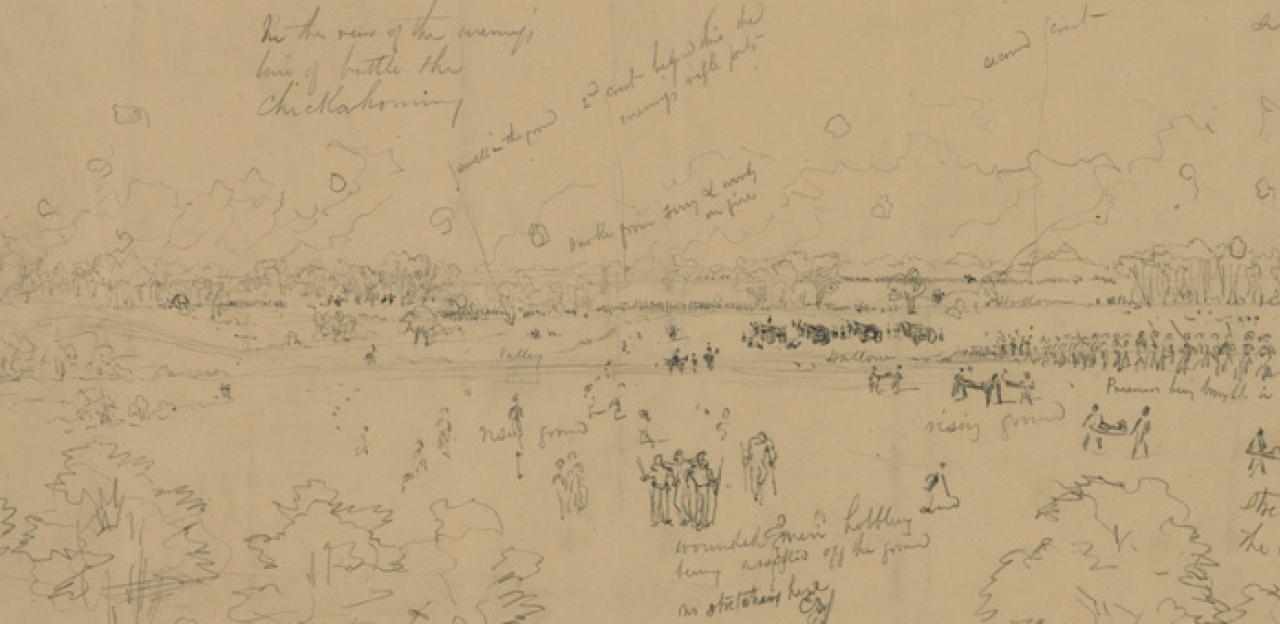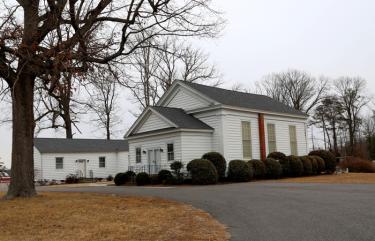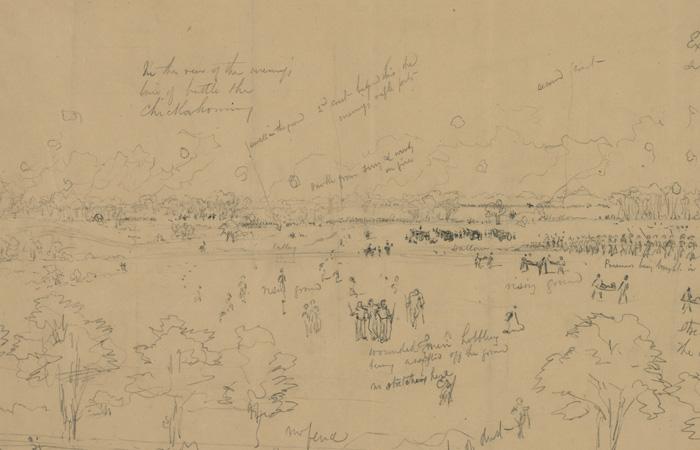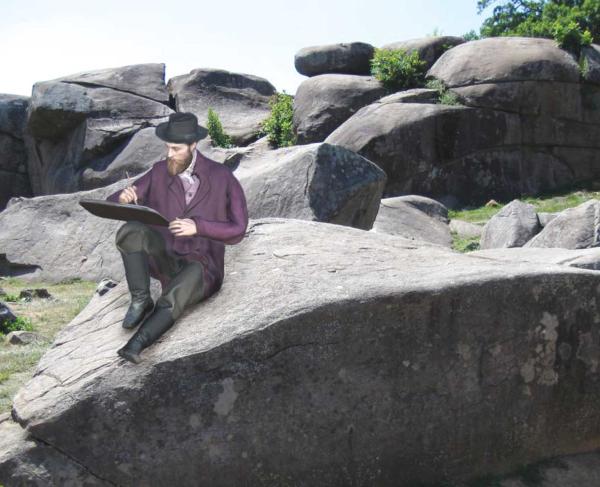Beulah Church


Robert E.L. Krick
Union Gen. Philip Sheridan's troopers defended a perimeter around the Old Cold Harbor crossroads, and when they defeated the Confederate attack on the morning of June 1, much of the action occurred to the southwest. It probably was during that combat that the original Beulah Presbyterian Church was destroyed by fire.
Although parts of both armies still stretched all the way north to the Shelton House on Totopotomoy Creek on June 1, the commanding generals shifted their attention to Cold Harbor. Later that day, hard-marching infantry from both armies arrived to extend the front lines southward, nearly to the Chickahominy. Union. Gen. William "Baldy" Smith's Eighteenth Corps pulled up after a frustrating series of delays caused by poor staff work at the Army of the Potomac headquarters. Veterans from the Sixth Corps expanded Union strength there. The Confederate First Corps, with assistance from Gen. Robert F. Hoke's division and some cavalry, stood in opposition.

With typical aggressiveness, Gen. Ulysses S. Grant instructed his two corps to strike west from Beulah Church and Old Cold Harbor. He hoped to catch the Confederate army unprepared - or at least not well entrenched. It had taken so much time to assemble the Union strike force that fewer than three hours of daylight remained. Grant hoped it was enough time.
The Eighteenth Corps formed up here and surged due west, with the Sixth Corps off to the south. A screen of Confederate skirmishers about 500 yards from the church provided the first resistance, but soon melted back to the primary line, which consisted of medium-sized earthen and log fortifications. The attackers blew a hole in the Confederate line half a mile wide. Fierce fighting, much of it back and forth across the contested earthworks, did not end until well after total darkness.
When the fighting ceased, the Federal army still controlled a piece of the original Confederate line, which forced Lee's men to withdraw and begin construction of a new position still further west. The actions on June 1 cost the armies 4,000 casualties, about evenly divided, although a large number of the Confederate casualties were prisoners of war. That total approached the combined casualties at the famous First Battle of Manassas (First Bull Run). But by 1864, such tallies had become ordinary. The unexpected ease with which the Federals broke through the Confederate lines on June 1 only increased Grant's confidence.

By the end of November, we must come up with $501,000 to make our next payment and purchase an additional 1.2-acre tract at Gaines’ Mill Cold Harbor...


